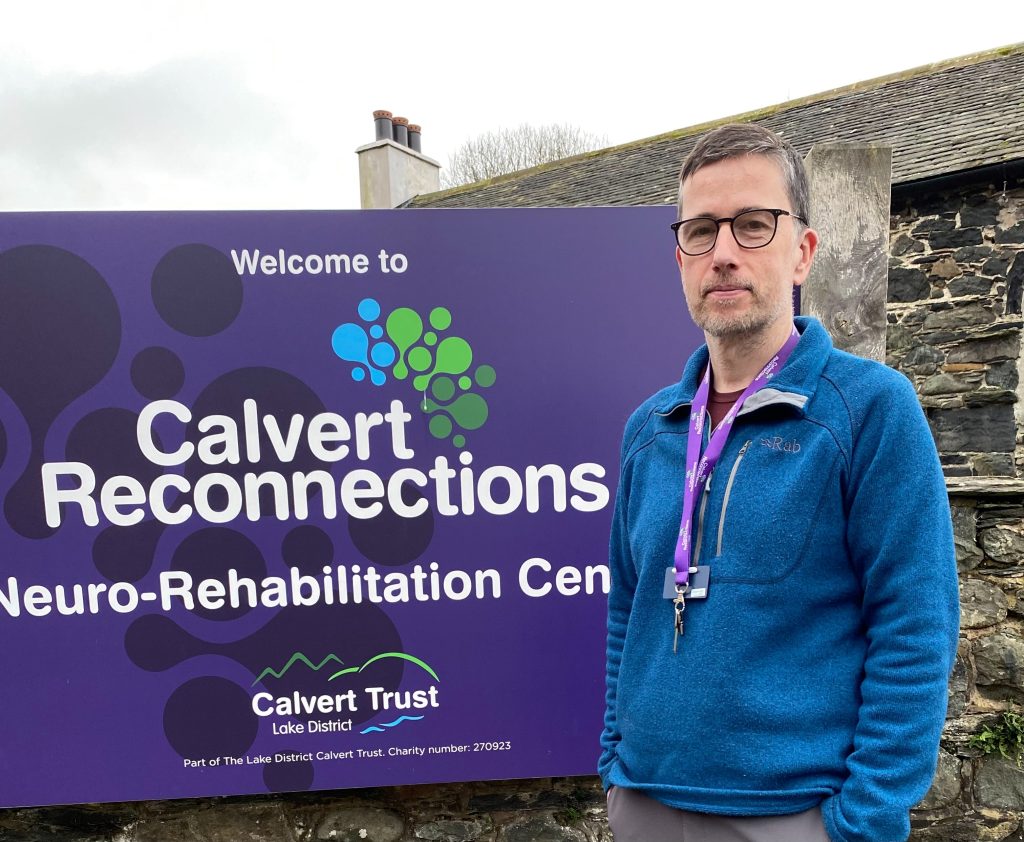Social harmony: Exploring the influence of DJ rehabilitation on social connectivity

The work of BPM provides young individuals with educational and rehabilitative DJing and music therapy.
Through this, social environments are created, empowering young people with Acquired Brain Injury who may otherwise face isolation from their peers.
How BPM’s Brain Bootcamp provided a novel social environment
BPM’s Brain Bootcamp piloted as a four-day non-residential summer programme in 2019, seeking to provide a social environment for young people with an acquired brain injury.
Attendants received psychoeducation and cognitive skill training from Dr Penny Trayner- a Paediatric Clinical Neuropsychologist with 15 years of experience, holding the UK’s highest standard qualification in paediatric clinical neuropsychology.
DJ Mark One, curator of the GCSE DJ specification, internationally renowned DJ and multi-platinum producer, provided the music training, including learners mixing ability, understanding of music, hardware and software and habituation to music environments.
This amazing opportunity for the young people did not only nurture their musical and cognitive skills but placed them in an environment with similar peers.

This novel social opportunity was the first time that many of the attendees had interacted with peers with acquired brain injuries, demonstrating the importance of the community that was created through this bootcamp.
To understand the effect of this social environment, the Strengths and Difficulties Questionnaire was
employed as an initial and final outcome measure.
Results relating to social outcomes were extremely positive, with prosocial scale score increasing from a mean of 7.3 to 7.6, and peer problems scale decreasing from 4.3 to 3.9.
Notably, peer problems decreased into the bracket of ‘Slightly Raised’ from ‘Highly Raised’ demonstrating this improvement.
The fact that this improvement was able to take place over just a four-day programme showcases the large-scale effect of creating these social environments for young people with acquired brain injury.
Furthermore, a preliminary study conducted by Trayner and Dowson (2020) demonstrated that Bootcamp attendees showed increased resilience, optimism, self-efficacy, trust, and control and a reduced vulnerability following the Brain Bootcamp, related to the novel social opportunities presented to them, as the programme was the first time that many of the attendees had knowingly interacted with other people with acquired brain injuries.
The creation of social environments through DJing
The social environment created by BPM was novel to these young people with acquired brain injuries, but literature displays a clear link between DJing and social environment creation.
Due to the nature of DJing, in its slightly detached performance from the audience, DJ’s social circles act as their resource for receiving feedback (Karnik, 2013).
This was seen through the bootcamp, as peers became each other’s ‘technical communicators’ (Hierro, 2019).
Social structures are extremely important for the genesis and maintenance of careers in DJing as it is through the social structure that DJs are able to get started, find opportunities and sustain themselves (Forman, 2012).
Therefore, it is evident that social environments and structures are integral to the practice of DJing, presenting its use as a rehabilitative intervention for young people who are increasingly isolated from their peers.
The chapter: Embodied and Distributed Parallel DJing in Studies in Health Technology sums up the social aspect of music therapy and DJing extremely well.
It highlights that the goal of music therapy is to improve vitality, self-esteem, social relationships and participation through mutual and equal, positive musical experiences (Capellen & Anderson, 2016; Rolvsjord, 2016).
This idea of mutual positive experience is sought after in BPM’s Brain Bootcamp, as young people sharing in passion and experience for music creates opportunity for strong social bonds.
In this, focus shifts from just the production of music to co-creation with peers, allowing individuals to share the experience of actively creating music together (Small, 1998).
This empowers the individual as they are participating on equal terms in collaboration with another, sharing a sense of meaning (Capellen & Anderson, 2016).
To conclude, literature demonstrates the use of DJing and DJ therapy in creating social environments.
This is utilised by BPM in their Brain Bootcamp, allowing young individuals with an acquired brain injury to access social environments that they benefit from greatly.
References
Cappelen, B.& Andersson, A.P. (2016). Embodied and Distributed Parallel DJing. Studies in health technology and informatics. 229. 528-39. doi:10.3233/978-1-61499-684-2-528
Forman, M. (2012). Groove Music: The Art and Culture of the Hip-Hop DJ (Mark Katz). Dancecult. 4. 71-73. 10.12801/1947-5403.2012.04.02.05.
Hierro, V. D. (2019). DJs, playlists, and community: Imagining communication design through hip hop. Communication Design Quarterly Review, 7(2), 28–39. https://doi.org/10.1145/3358931.335893
Karnik, M. (2013). Peripheral Interaction in the context of DJing. (in) Hausen, D., Bakker, S., Van Den Hoven, E., Butz, A. & Eggen, B. Peripheral Interaction: Embedding HCI in Everyday Life. Workshop at INTERACT 2013 – 14th IFIP TC13 Conference on Human-Computer
Interaction, Cape Town, South Africa. https://www.medien.informatik.uni muenchen.de/pubdb/publications/pub/hausen2013interactworkshop2/hausen2013int eractworkshop2.pdf#page=17
Rolvsjord, R. (2016). Resource-oriented perspectives in music therapy. In J. Edwards (Ed.), The Oxford handbook of music therapy (pp. 557–576). Oxford University Press.
Small, C. (1998). Musicking: The Meanings of Performing and Listening. Wesleyan University Press. Connecticut.
Trayner, P., & Dowson, M. (2020). Rehabilitation in the real world: An exploration of meaningful community interventions for young people with acquired brain injury [Poster Presentation]. Annual Conference of ACRM, Atlanta, Georgia, USA.







